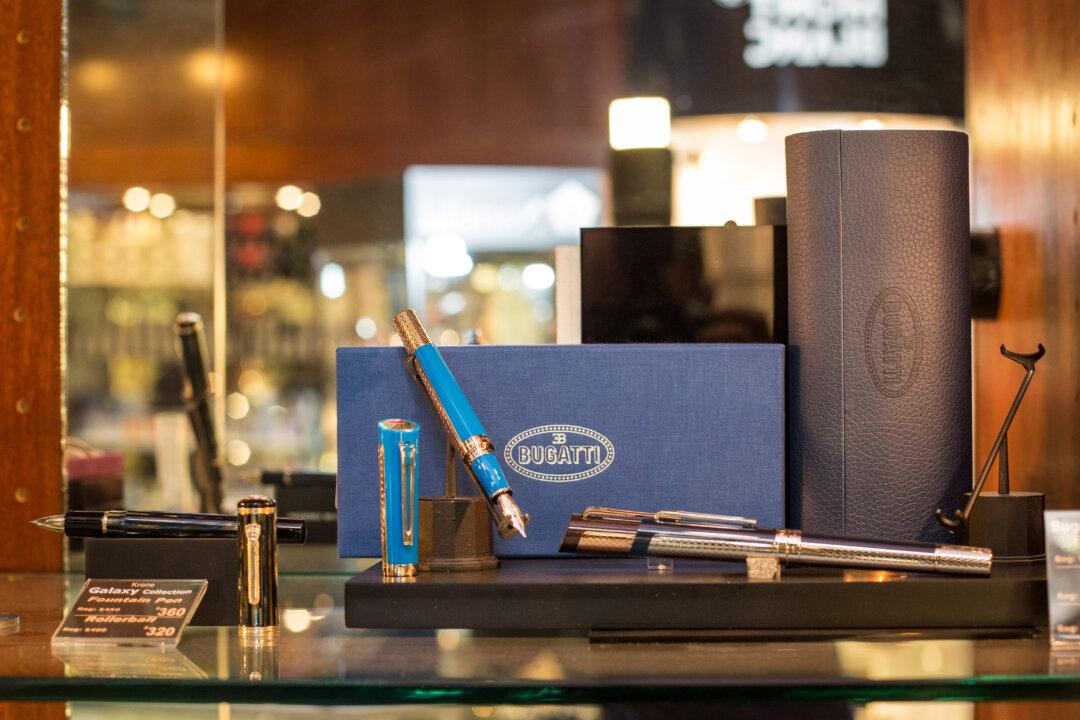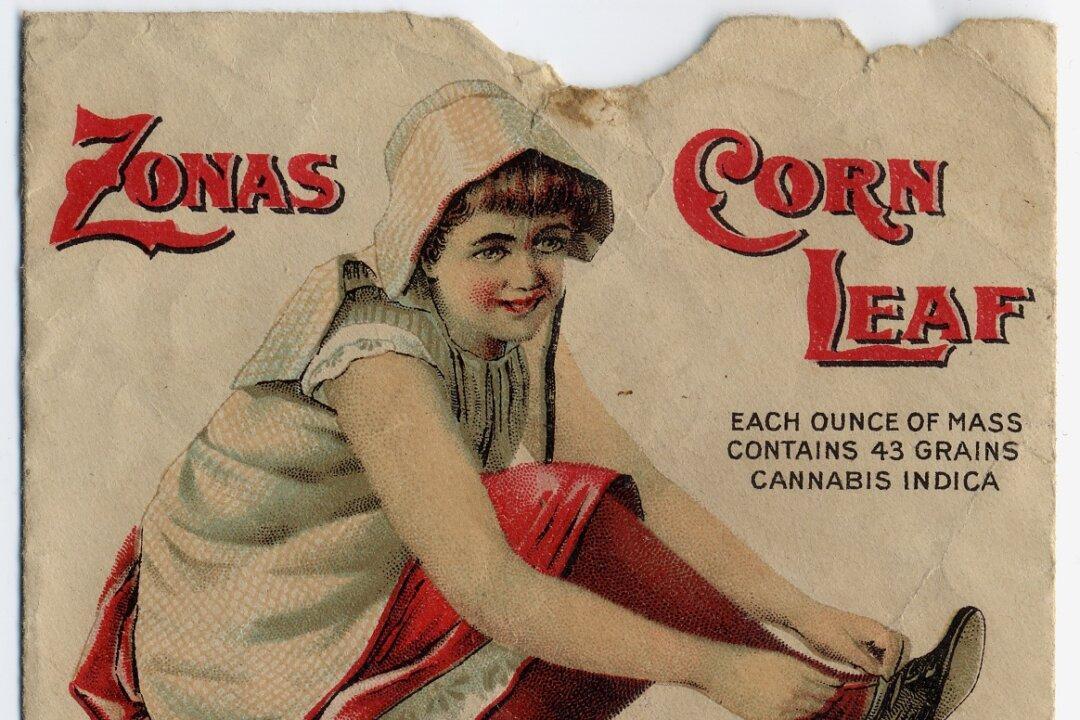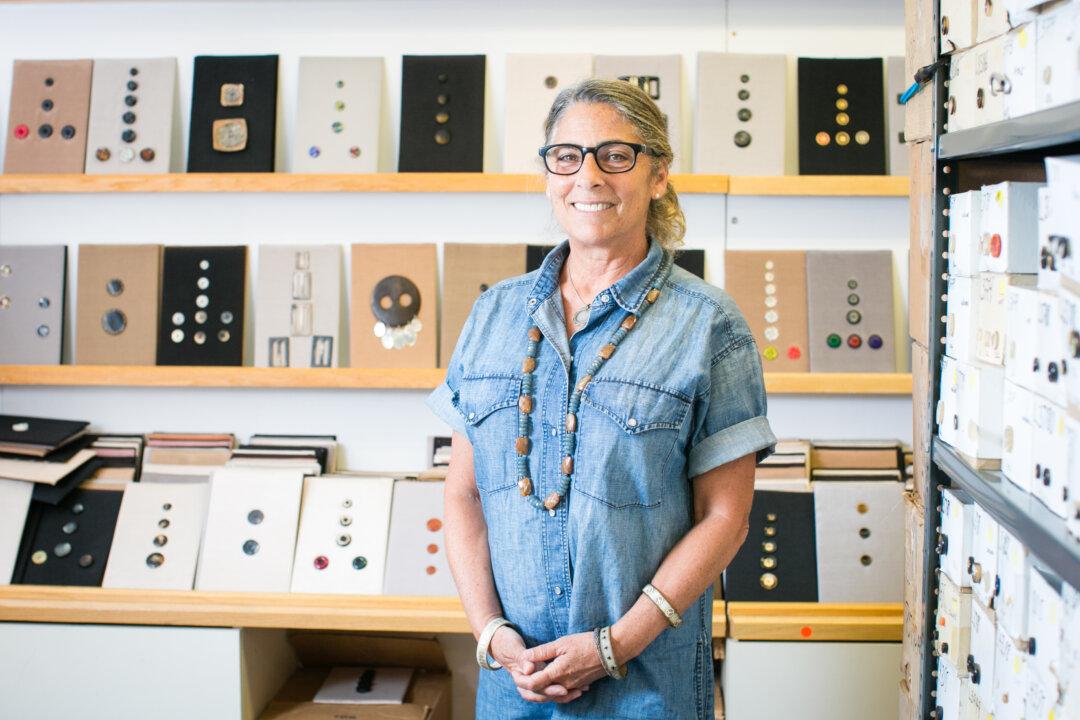On display in Terry Wiederlight’s downstairs office is not a pen, but a sword. This is ironic since he is the owner of the only fountain pen store left in New York—Fountain Pen Hospital. Perhaps the sword, which was a gift from a fountain pen company representative, is as a reminder of the saying “The pen is mightier than the sword.”
No doubt the saying is true. What is not so clear is whether the pen is mightier than the laptop, tablet, or even smartphone. Compared to this modern threat, the sword has become no more than a quaint historical relic, as benign as a butter knife.
Yet the Wiederlight family has braved enough storms to realize that among the never-ending variety of products purveyed on the World Wide Web, there is also a nostalgia for products we loved to use before the digital tsunami engulfed us.
The Act of Writing
There are those of us who miss the way words just flow from the nib of a fountain pen, the smell of ink, the feeling of paper, and the pleasure in giving or receiving a handwritten letter or message.
With the decline in fountain pen usage, cursive writing has, unsurprisingly, also gone out of favor. Having to print each letter by hand is not just a clunky way of writing, it also conditioned us to unreservedly embrace using a keyboard. Now we can simply pound the keys for the sake of a uniform, expedient end result.
According to Jake Weidmann, the youngest by about three decades of only 12 master penmen in the world, “If we abdicate everything to the machines that we create, what we are doing instead is creating a world that is void of human influence.”
Despite the fact that cursive writing has been reintroduced into the elementary school curriculum, students are not obligated to use fountain pens, for practical reasons no doubt. Yet the ergonomics of using a fountain pen are unique; so is the pleasure and the aesthetic results.





